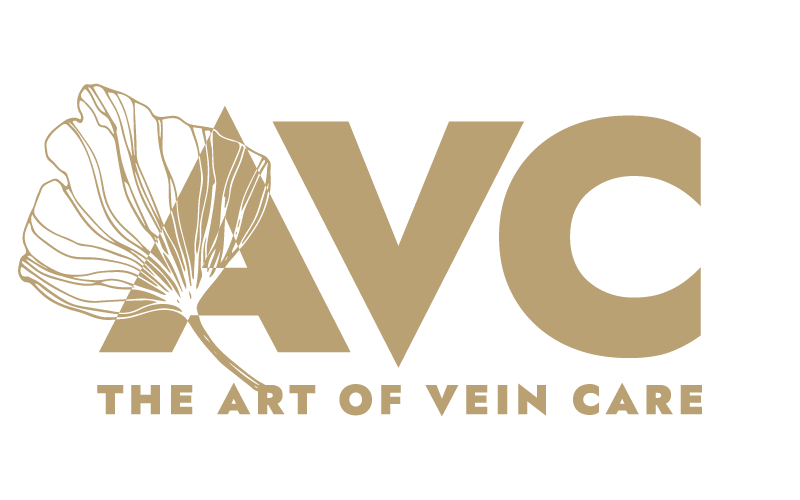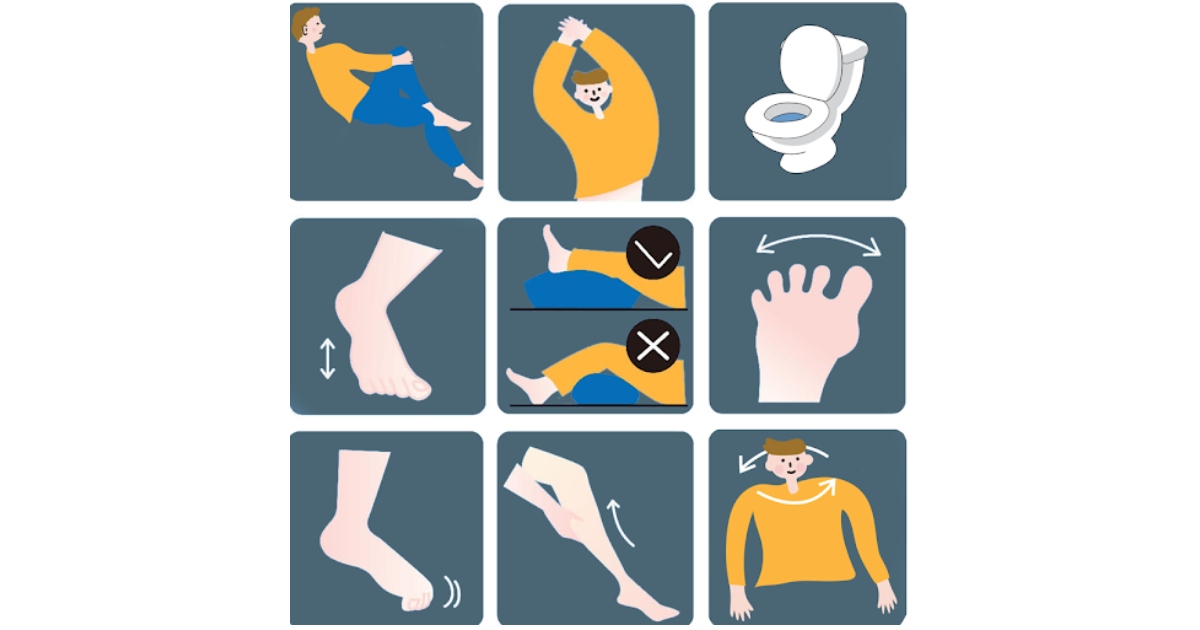Considering travelling again for your next holiday?
Studies show between 2 and 10%* of people develop a venous DVT within 48 hours of travel, and that 4 to 20% of people reported travel before developing a blood clot. *
Courtesy of the Art of Vein Care, Wollongong, Orange and Gregory Hills, here are 9 DVT exercises travellers can do during a long-haul journey to help reduce the risk.
1 Walk to the loo.
Walk as much as you can before boarding.
And once the seat belt sign is off and you are in the air, make sure you make at least three trips to the rest room in an 8-hour flight.
2 Hand-to-ceiling stretches.
With hands together, raise arms slowly above your head. Stretch towards the ceiling turning the palms. Repeat x 3.
3 Knee pull ups.
With hands clasped together pull your left knee slowly to your chest, hold for 10 then release. Do the same with the right knee, then both knees together. Repeat five times.
4 Ankle rotations.
Lift the right root off the ground and rotate gently and slowly 5 times to the right and 5 times to the left as if drawing circles with your toes. Repeat 3 times.
5 Foot Flex.
With leg stretched out (or on the seat next to you if empty) flex the foot up and down 10 times for each foot. Repeat three times. Use hand luggage to elevate if needed.
6 Ankle Pumps.
Keep your heels on the ground and lift the front of the foot high then bring the balls of your feet to the ground. Repeat three times, doing both feet at once.
7 Neck rotations.
Rotate your neck to the right 90 degrees very slowly, keeping shoulders relaced. Now turn to the other side and repeat five times.
8 Calf massage.
Use your hands to gently massage the calf muscles.
9 Toe Curls.
These are an effective way to empty blood from the foot and back to the heart research shows. * Scrunch your toes(5 seconds) and then upwards (5 seconds). Repeat 5 times
Concerned about an increased DVT risk? Need to be properly fitted for a compression stocking for a flight? Go to www.theartofveincare.com.au to schedule a veins assessment.
All procedures have risks. All results are individual. Speak to a doctor about vein symptoms.
Article Sources – https://www.phlebolymphology.org/deep-vein-thrombosis… – Journal of Applied Physiology,
https://www.phlebolymphology.org/deep-vein-thrombosis-and-air-travel-risk-management-in-2015/
Venous emptying from the foot: influences of weight bearing, toe curls, electrical stimulation, passive compression and posture.
https://pubmed.ncbi.nlm.nih.gov/20705946/

